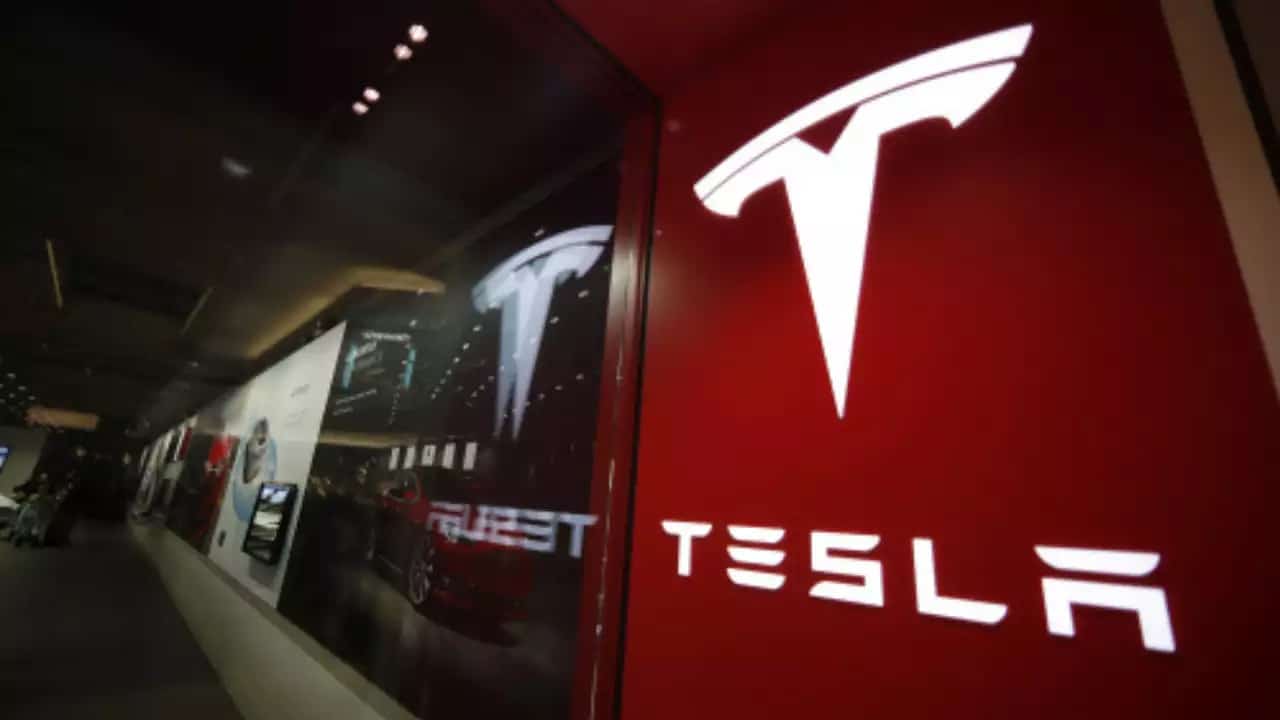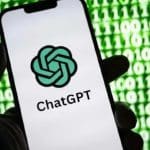DETROIT — Authorities in Washington have found that the Tesla that hit and killed a motorcyclist near Seattle in April was using the company’s “Full Self Driving” system at the time of the collision.
The Washington State Patrol discovered the information after downloading it from the event-data recorder on the 2022 Tesla Model S, agency spokesman Capt. Deion Glover said Tuesday.
“The investigation is still ongoing in this case,” Glover stated in an email to The Associated Press. The Snohomish County Prosecutor will decide whether to bring charges in the matter, he added.
Tesla In Seattle-Area Crash That Killed Motorcyclist Was Using Self-Driving System, Authorities Say
Tesla CEO Elon Musk stated last week that “Full Self Driving” should be ready to operate without human supervision by the end of the year. He’s been promised a fleet of robotaxis for years. During the company’s results conference call, he said that his predictions on the issue “have been overly optimistic in the past.”
A message was left Tuesday requesting a response from Tesla.
Following the crash in a suburban area approximately 15 miles (24 km) northeast of Seattle, the driver told a trooper that he was using Tesla’s Autopilot system and was looking at his cellphone while the vehicle was moving.
“The next thing he knew, there was a bang, and the vehicle lurched forward as it accelerated and collided with the motorcycle in front of him,” the trooper stated in a probable cause declaration.
The 56-year-old driver was detained for vehicular homicide “based on the admitted inattention to driving, while in Autopilot mode, and the distraction of the cell phone while moving forward, putting trust in the machine to drive for him,” according to the affidavit.
Jeffrey Nissen, 28, of Stanwood, Washington, was found under the automobile and pronounced dead on the spot, according to investigators.
Nissen’s death is at least the second in the United States employing Tesla’s “Full Self-Driving” technology. According to investigating papers, the US National Highway Traffic Safety Administration previously reported one fatality and 75 collisions while the device was in use. It was unclear whether the system was at fault for the fatality.
Tesla has two partially automated driving systems: “Full Self-Driving,” which can handle numerous driving responsibilities even on city streets, and Autopilot, which can keep a car in its lane and away from obstacles in front of it. Tesla owners and the general public have been known to get the names mixed up.
Tesla claims that neither system can yet drive autonomously, and that human drivers must be prepared to take control at any time.
Select Tesla owners are currently testing “Full Self-Driving” on public roads. Recently, the corporation has referred to it as FSD Supervised.
Musk stated last week that he did not believe government permission would be a barrier to deploying robotaxis. “If you’ve got billions of miles that show that in the future, unsupervised FSD is safer than humans, what regulator could really stand in the way of that?” asked the man.
Tesla In Seattle-Area Crash That Killed Motorcyclist Was Using Self-Driving System, Authorities Say
However, Phil Koopman, a Carnegie Mellon University professor who researches autonomous vehicle safety, believes Tesla won’t be running robotaxis without human drivers on nearly all roads for another decade.
The safety record Musk mentions is dependent on having a human driver supervise the automatic system, he claims. “Unless you have data showing that the driver never has to supervise the automation, then there’s no basis for claiming they’re going to be acceptably safe,” he told me.
Musk has stated that Tesla will debut a dedicated robotaxi vehicle at an event on October 10. The event was postponed from August 8 to make improvements to the vehicle that Musk desired.
Musk has been telling investors that Tesla is more about robotics and artificial intelligence than cars. Many investors have invested in the company based on the long-term prospects for robotics technology.
Since the release of “Full Self Driving” hardware in late 2015, Musk has been pushing self-driving vehicles as a growth accelerator for Tesla.
SOURCE | AP










